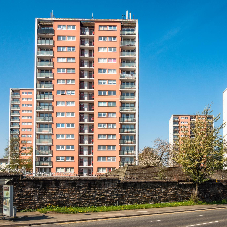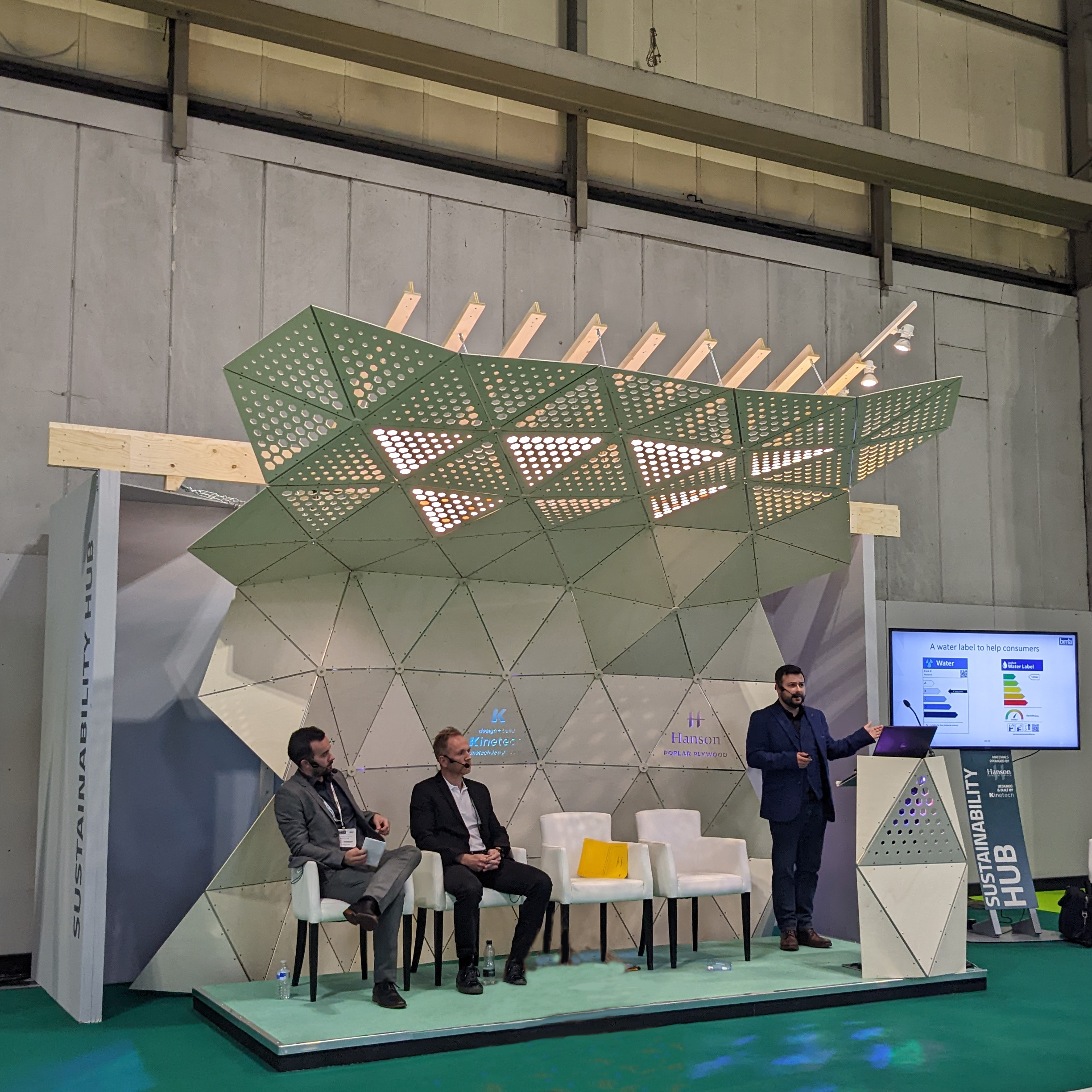2016 is creeping ever closer, and as such the deadline set out in the construction strategy report that all government projects will “require collaborative 3D BIM (with all project and asset information, documentation and data being electronic) by 2016” is upon us. With that in mind, I have decided to take a look at what BIM means for the facilities manager.
Facilities managers are discovering that Building Information Modeling (BIM) models of buildings are fantastic sources of information that can provide valuable spatial and mechanical details on every aspect of a property. A recent paper published by the Royal Institution of Chartered Surveyors (RICS) states that “it is widely accepted that it costs up to five times more to operate and maintain a building than to construct it”. With this in mind the real value of BIM becomes clear. The technology is about the lifetime value of a building not solely about the design and build process yet many facilities managers cite initial investment as a concern when it comes to implementing BIM.
One example of BIM being of great benefit to facilities managers is its ability to maximise energy efficiency. BIM is widely known to analyse information, which can include power usage. With utility costs being the second largest line item on most institutional and commercial building balance sheets, energy savings is critical. BIM has the ability to not only assist with improving energy efficiency but some of its add-on solutions can also provide analysis for sustainability and code compliance.
One important thing for facilities managers to note is that project size does not matter. As more buildings of all sizes have models, BIM will be the standard way to do things. For those facilities managers wary about using technology and advanced systems, they needn’t worry. This is not about technology, but rather process and collaboration. Facilities managers do not need to be at the top of the class in CAD technology or 3D collaboration. BIM can also hold information on products and materials used in the construction of a building. This means that maintenance, repair and replacement of building products can be simpler to acquire after the initial handover period is complete, significantly reducing maintenance costs.
The benefits of BIM for facilities management are far reaching and should be embraced. As with the other sectors collaborative working is key for successful BIM implementation. By collaborating with those involved in the design and construction of a building, facilities managers can more effectively manage the space and assets in operation and maintenance for the life of the building.
• Our blog on BIM for the future generations offers an insight into how young professionals are approaching BIM.
• How SMEs can benefit from BIM Is an interesting insight into what SMEs need to do to embrace BIM
Related Blog Articles



crop192.png)












